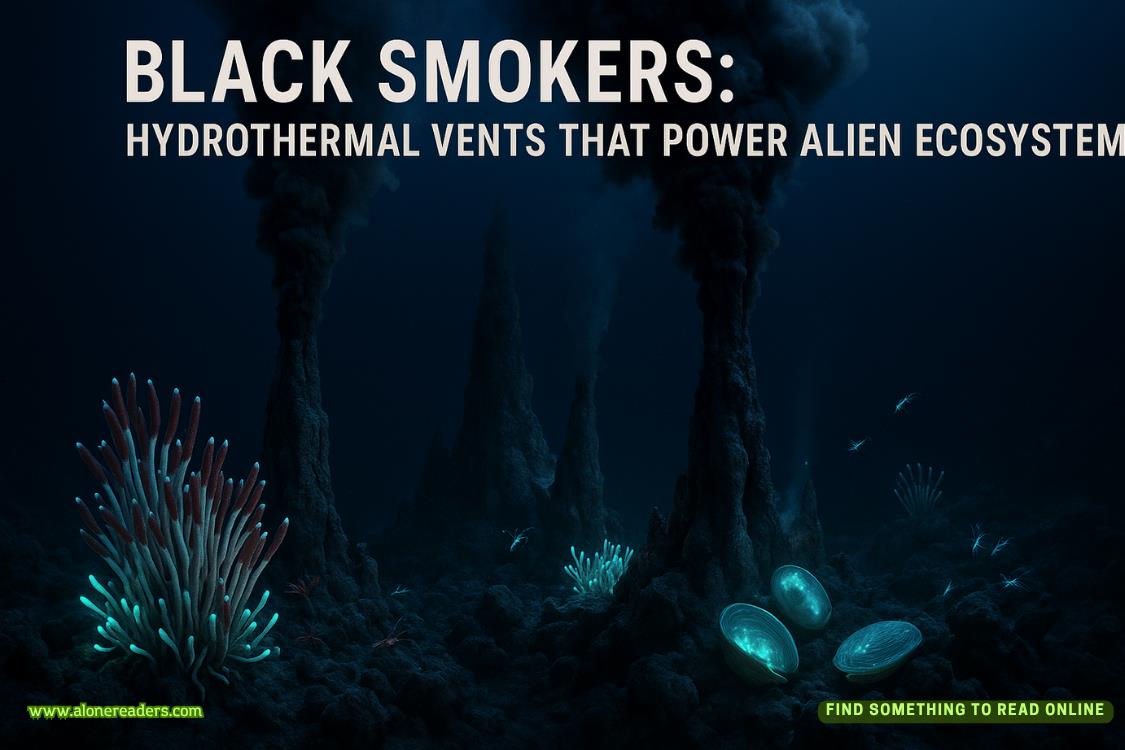Page 2 of Naga's Mate
I move to the reinforced window overlooking the main complex. Darkness has descended across New Ophidia, the greenhouse facilities illuminated by bioluminescent flora that border the pathways—another naga innovation merging beauty with functionality. The security patrols slither along elevated platforms, their serpentine lower bodies allowing them to navigate with unsettling speed and grace.
Memorized patterns cascade through my mind: Eastern sector guards rotate at 11 PM, creating a seven-minute surveillance gap. The humidity regulation system initiates a purge cycle at 11:17 PM, briefly disrupting the environmental sensors. The emergency access tunnel to Section G contains a blind spot where ventilation infrastructure creates a camera shadow zone.
It's sufficient. It must be sufficient.
My fingertips trace the calluses on my palms—physical testimony to years building this precarious freedom. I refuse to surrender because of a supply shortage.
"Just another extraction," I reassure myself. "Nothing I haven't done before."
Except the stakes have never been this critical. My current suppressant will begin failing within thirty-six hours. The inspection team arrives in forty-eight. This timeline permits no errors.
I approach my personal storage cabinet, entering a sequence that reveals a concealed compartment housing my clandestine tools: dark clothing designed to minimize visibility under the greenhouse's nocturnal illumination, specialized cutters that won't trigger plant distress sensors, and a kit of chemical neutralizers that temporarily mask human scent from naga security.
As I organize my equipment, I mentally recalculate dosages and timing. I might stretch the current batch another day by doubling theSolanaceaeextract, despite the headaches and nausea it induces. Better than the alternative. Better than discovery.
The alternative. My mind instinctively recoils from the thought, but discipline forces me to confront it. I've witnessed the fate of discovered omegas. The clinical processing at registration centers. The assignment to compatible Prime alphas based on genetic algorithms. The breeding programs for those deemed unsuitable for individual claiming. The vacant expressions of omegas I occasionally glimpse, their bodies transformed by hybrid pregnancies, their minds surrendered to the biochemical bondage of alpha pheromones.
No. That won't be me. Not tonight. Not ever.
I check my watch. 10:22 PM. Time to move.
The journey from my concealed lab to the main facility requires passage through the human dormitory section—a necessity creating its own risks. Beta humans enjoy relative freedom within New Ophidia's boundaries, but all remain subject to curfew mandates. Discovery outside authorized zones after hours would trigger immediate security protocols.
I remove my lab coat, replacing it with dark clothing, and tuck my copper-red hair under a close-fitting cap. My reflection in the polished steel reveals nothing of Dr. Lyra Wilson, brilliant botanist—just another shadow navigating a world ruled by monsters.
The service corridor connecting my private lab to the main facility hangs heavy with moisture. Condensation drips from overhead pipes, the omnipresent humidity a constant reminder of how thoroughly our world has been refashioned to accommodate its new rulers. I move silently, my footfalls dampened by specially modified shoes.
Three times I freeze at the distinctive whisper of scales against polished surfaces—naga security making their rounds. Each time, I press into recessed doorways or maintenance alcoves, suspending my breath as massive forms glide past. Their scent reaches me even through my dampened senses—earthy and exotic, like rain-washed stone with undertones of something primally reptilian.
By 10:58 PM, I reach the eastern access point to the greenhouse complex. I monitor security movements, timing their patterns against my memorized schedule. Right on cue, the shift change commences. The primary guard—a large male with distinctive blue-black scales—moves toward the central checkpoint, temporarily abandoning his post before his replacement arrives.
Seven minutes. My window of opportunity.
I slip through the access door in seconds, using a service credential that shouldn't function after hours but does thanks to careful electronic manipulation. The greenhouse atmosphere hits me like a physical force—hot, saturated with moisture, and rich with the fragrance of thousands of plant species.
This environment was uncomfortable before the Conquest. Now, modified to suit naga physiology, it's nearly intolerable for humans. Perspiration immediately soaks my dark clothing as I weave between massive tropical specimens. The vegetation has grown enormous under specialized cultivation, creating a jungle denser and more primeval than anything in pre-Conquest botanical gardens.
I check my watch again. 11:09 PM. Eight minutes to reach Section G before the environmental systems execute their purge cycle.
My route deliberately avoids main thoroughfares and monitoring stations. Years working in this facility have taught me the location of every camera, the existence of every sensor blind spot, which plants generate enough electromagnetic interference to disrupt surveillance equipment.
I'm halfway to my destination when it happens.
A tingling sensation skitters across my skin, so unexpected that I nearly gasp aloud. It begins at my nape, then radiates outward, sending prickling waves down my limbs and across my torso. My breath catches, pulse accelerating as I recognize the sensation with visceral dread.
Suppressant failure. Initial phase.
It shouldn't be occurring yet. I calculated thirty-six hours, minimum. But the humidity—this inescapable moisture designed for naga comfort—must be accelerating the compound's breakdown in my system.
I press against the textured bark of a massiveEpipremnum giganteum, forcing my breathing to stabilize. My mind races through recalculations. If early degradation has begun, I have perhaps twelve hours before detectable omega scent emerges. Less if I can't regulate my stress response, which amplifies pheromone production.
"Stay calm," I whisper, the words barely audible. "Focus on the extraction."
Section G looms ahead—a specialized rotunda housing the rarest specimens in the greenhouse complex. Unlike other areas with their wide pathways designed for naga movement, this section features elevated walkways traversing misty pools where aquatic and semi-aquatic specimens flourish. The blue orchids I seek grow on artificial rock formations rising from these pools—perfectly positioned to make unauthorized harvesting as challenging as possible.
The security matches this precious collection. Pressure plates beneath the walkways, motion sensors calibrated to detect anything larger than the permitted pollinating insects, and most worrisome, specialized chemical sensors designed to identify human presence.
I apply my scent neutralizer to pulse points and respiration pathways. The compound stings against my skin—a side effect I've never managed to eliminate completely. It will provide fifteen minutes of chemosensory invisibility. Barely enough time to locate the orchids, extract what I need, and retreat.















